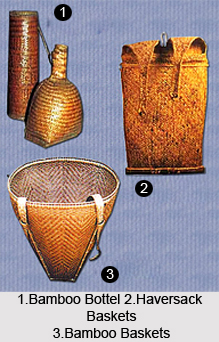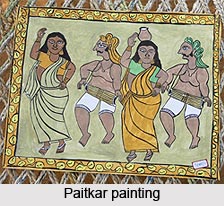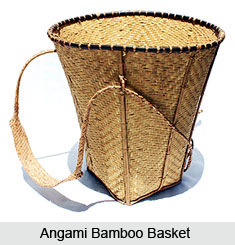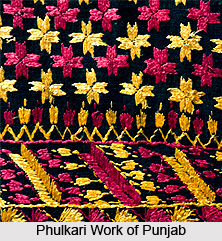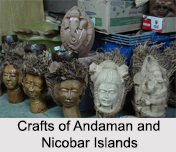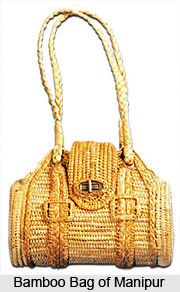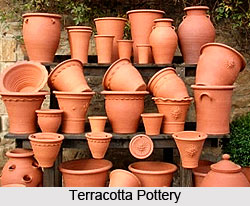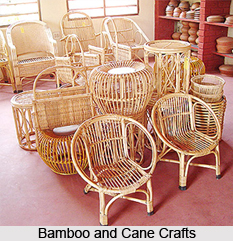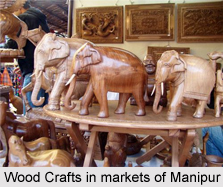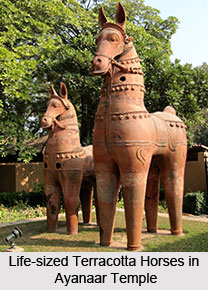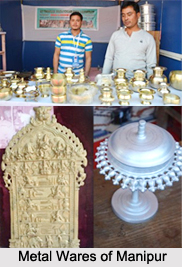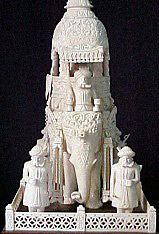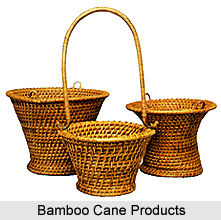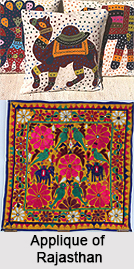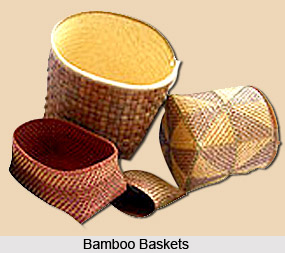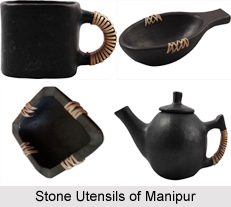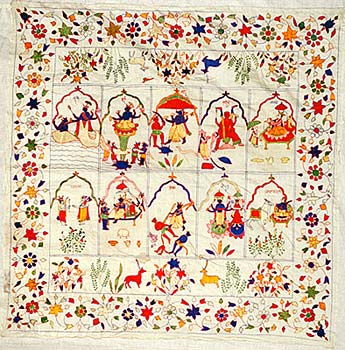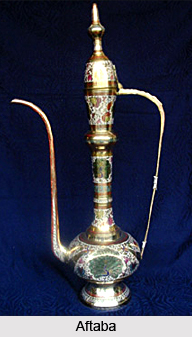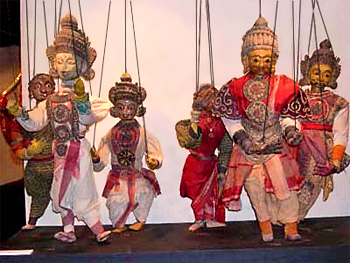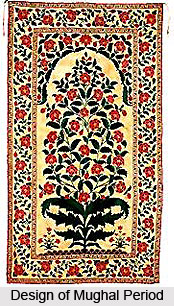 Carpets and floorings are an integral part of Indian homes and the history of Indian carpets features its development using mats and durries with a variety of material, ranging from wool, cotton, jute, coir, bamboo and grass. History of Indian carpets, especially those of the woolen carpets traces to a period as early as 500 B.C. References to the earliest woven mats and floor coverings can be found in ancient and medieval Indian literature.
Carpets and floorings are an integral part of Indian homes and the history of Indian carpets features its development using mats and durries with a variety of material, ranging from wool, cotton, jute, coir, bamboo and grass. History of Indian carpets, especially those of the woolen carpets traces to a period as early as 500 B.C. References to the earliest woven mats and floor coverings can be found in ancient and medieval Indian literature.
The history of Indian carpets entails that when Babur came to India, he was disappointed by lack of luxuries here. He missed the luxuries of Persia, which included the Persian carpet and thus Akbar laid the foundation of carpet weaving tradition in India, in 1580 AD at his palace in Agra. With their support he established carpet weavings centers at Agra, Delhi and Lahore to facilitate production of Persian styled carpets, which were inspired by designs of Kirman, Kashan, Esfahan, Heart and so on. Mughals not only used the Persian technique of carpet weaving, but were also influenced by traditional designs and motifs from Persia. Mughal carpets were as obscure as their miniatures and usually depicted court life, animals and floral decorations. Mughal carpets were brightly coloured and the hand knotted silk carpets had 4224 knots per square inch. However, most famous type of Indian carpets was the pile carpet, which came to India in the reign of Akbar in 16th century. In 1580A.D. Akbar brought certain Persian carpet weavers to India and established them in India. The art grew and flourished here and it was modified as per the royal tastes and mixed with the Indian arts. The Persian carpets were thus re-created in Indian forms. These carpets spread to the whole subcontinent with each area having its own specialties
Since the beginning, wool or silks have been the essential material of the knotted carpets. The wool may have a diversity of origins according to the type of carpet being made. Silk knots are also used in Kashmir region. The patterns of Indian carpets varied from vines and floral patterns, animal and bird figures and geometric and calligraphic patterns. Rugs from Akbar`s reign (1556-1605) used cotton warp and wool pile and a variety of color scheme had multiple shades of blues, greens, and other colors on a red and peach base. The patterns were a reworked copy of Persian style but later modified to Indian tastes.
Indian carpets during Jahangir`s reign (1605-27) were more superior. Materials like silk and pashmina were used that permitted greater number of knots to be included in the art works. Patterns of these Indian carpets resembled miniature paintings. Subtle gradations and shadings with yarns were themselves artistic. The patterns of these carpets were a reflection of manuscript paintings. The history of Indian Carpets show technically refined taste in both design and construction. The carpets had scrolling vines, flowering plants, and more naturalistic animals in pictorial or overall pattern.
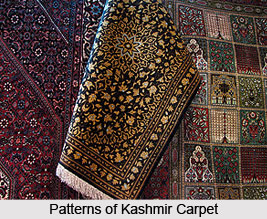 During Shahjahan`s reign (1628-58) the art of Indian carpets had reached new heights. Warps and wefts of fine silk yarns incorporated as many as 2,000 knots per square inch. Silk or pashmina piles gave the carpets a velvety like texture. Yarn shading was as stylish as in Jahangir`s reign. Flowers were still the primary elements of design. During this era, the patterns were primarily floral all over with at times geometric or calligraphic trims. Chinese and European patterns also influenced the history of Indian carpets in their own way. Calligraphy influenced the carpet craft as it did the other crafts in India. Though like all other crafts, carpet making also saw a downfall for sometime, but the craft sustained in the traditional families.
During Shahjahan`s reign (1628-58) the art of Indian carpets had reached new heights. Warps and wefts of fine silk yarns incorporated as many as 2,000 knots per square inch. Silk or pashmina piles gave the carpets a velvety like texture. Yarn shading was as stylish as in Jahangir`s reign. Flowers were still the primary elements of design. During this era, the patterns were primarily floral all over with at times geometric or calligraphic trims. Chinese and European patterns also influenced the history of Indian carpets in their own way. Calligraphy influenced the carpet craft as it did the other crafts in India. Though like all other crafts, carpet making also saw a downfall for sometime, but the craft sustained in the traditional families.
The Indian carpets are considered most technically skillful classical craft. The carpet weavers throughout the history of India have grown artistically and are renowned for their exquisite designs, elegance, attractive colors and workmanship. In 1958 there were 14 factories with 350 looms and 80 cottage units with 400 looms. According to a survey in India, there were about 3500 carpet weavers in 1974. By the end of eighties their total number reached about 48000 people. This remarkable expansion of the carpet industry is mainly due to the programme of massive training introduced and sponsored by the All-India Handicraft Board. Under this programme numerous groups of girls have been trained that started a new development in job market of Kashmir. Another healthy sign of carpet industry`s growth has been its movement from the city of Srinagar to rural and semi-urban areas.
According to the history of Indian carpets, the designs and patterns in Kashmir carpets continue to be inspired by Persian and central Asian rugs through influences of Indo-Asiatic art are perceptible. Besides the widely celebrated designs like Kashan, Kirman, Ardebil, Bukhara, Qum, Ghoum, Tabiz, Hamadan, Senneh, peculiarly Kashmiri designs depicts valley`s scenic splendor as well as some based on shawl patterns have also been evolved. It is interesting to note that the Iranian masterpiece, the most well known Ardebil Mosque Carpet was made in 1536 AD by the artist Maqsud from Kashan and is now owned by the South Kensington Museum in London that was reproduced in Kashmir in 1902. Kashmiri craftsmen have the remarkable ability to reproduce the most intricate designed carpets. It is said that a beautiful Kashmiri carpet once so charmed Maharaja Ranjit Singh that he rolled on it in great joy all day long.
While the Kashmir carpet craft has developed vastly during the middle of the twentieth century, it was felt that the quality in some cases was deteriorated. There was need for introduction of quality control measures. Side by side provision of adequate facilities for dyeing of the raw material used in the carpets, and drying chambers for the finished products was very necessary; the State Government took some steps to set up carpet washing and drying chambers in Srinagar. The need was urgent in the interest of the future and healthy growth of the carpet industry in India. This policy has resulted in both silk carpet and wool carpets export increases already by 1980. However, there was an unhealthy feature in history of Indian carpets and that was the industry using `staple silk` (viscose rayon) instead of pure silk. It was and is still sometimes called `A silk`, `A` standing for artificial while it can also give the impression of `A` quality silk.
The history of Indian carpets thus unveils the saga of the artistry of the Indian carpet weavers amidst their colour, pattern and style.
